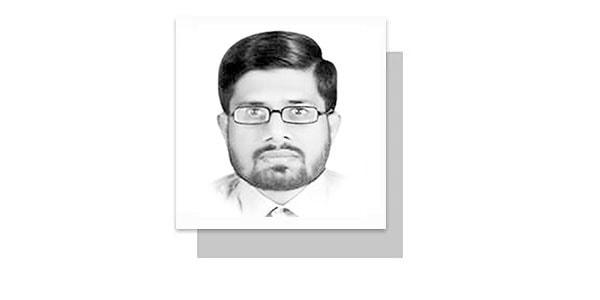PAKISTAN’S healthcare financing has evolved, with National Health Accounts (NHA) providing critical insights into financial resource distribution. The NHA 2021-22 and E4H NHA Policy Brief 2025 highlight key challenges, including reliance on out-of-pocket (OOP) expenditures, government and private sector financing trends, and budgetary constraints affecting healthcare equity. Despite increased investments, gaps in accessibility and affordability persist, requiring urgent policy interventions.
In 2021-22, Pakistan’s total health expenditure reached Rs. 1,962 billion, reflecting a 34% rise from 2019-20. Government contributions stood at 46%, with 25% from the federal level, while the private sector accounted for 53.5%. Notably, 89% of private health spending came from OOP expenditures. Despite initiatives like Sehat Sahulat, private funds dominate, and donor contributions remain minimal at 0.4%. The high dependence on private healthcare financing raises concerns about financial protection, especially for low-income groups. The inadequacy of public funding continues to widen healthcare disparities across socio-economic segments.
OOP expenditures remain the dominant mode of healthcare financing in Pakistan, posing serious financial risks to individuals and families. Although the share of OOP expenditure has decreased from 55.54% in 2019 to 47.51% in 2021-22, it still represents a substantial portion of health spending. A major proportion of OOP spending is directed towards the purchase of medicines and vaccines, highlighting inefficiencies in public pharmaceutical procurement and distribution. Moreover, the disparity between urban and rural areas in terms of healthcare spending is evident. In urban areas, OOP expenditure accounts for 58.89% of total health spending, compared to 41.11% in rural areas. This discrepancy suggests that rural populations may have lower access to healthcare services or are forced to rely on lower-cost, possibly substandard, medical treatments.
Despite increasing health expenditures, spending remains stagnant at around 3% of GDP, far below the National Health Vision (2016-2025) target of 5%. General government health expenditure (GGHE-D) improved to 45.3% of current health expenditure in 2021-22, up from 16.5% in 2005-06. However, healthcare allocations remain insufficient, with government spending at just 1.31% of GDP. The COVID-19 pandemic prompted a temporary increase in health funding, but sustainability remains a concern. Without long-term budgetary commitments, healthcare financing will continue to rely on private sources, reinforcing financial insecurity for households.
Implications and recommendations: 1. Enhance Public Health Investments: Increase healthcare spending to meet the 5% GDP target. 2. Expand Social Health Protection: Strengthen insurance programs like Sehat Sahulat to lower OOP dependency. 3. Improve Pharmaceutical Access: Reform procurement policies and introduce subsidies to reduce medicine costs.4.Strengthen Health Financing Mechanisms: Explore new revenue sources such as health taxes and employer-based contributions. 5. Address Urban-Rural Disparities: Improve rural healthcare infrastructure and provide subsidized medical services. 6. Increase Donor Engagement: Mobilize external funds to supplement domestic health financing.
Pakistan’s health financing landscape presents a mixed picture of progress and persistent challenges. While the increase in total health expenditure is a positive development, the continued dominance of OOP spending raises concerns about healthcare accessibility and financial protection. Without substantial reforms in public health financing and policy implementation, achieving equitable and sustainable healthcare for all remains a distant goal. The government must take decisive action to align health expenditures with national targets, ensuring that financial barriers do not compromise the well-being of Pakistan’s population.
—The writer is contributing columnist, based in Islamabad.
(tariqali@hsa.edu.pk)


















